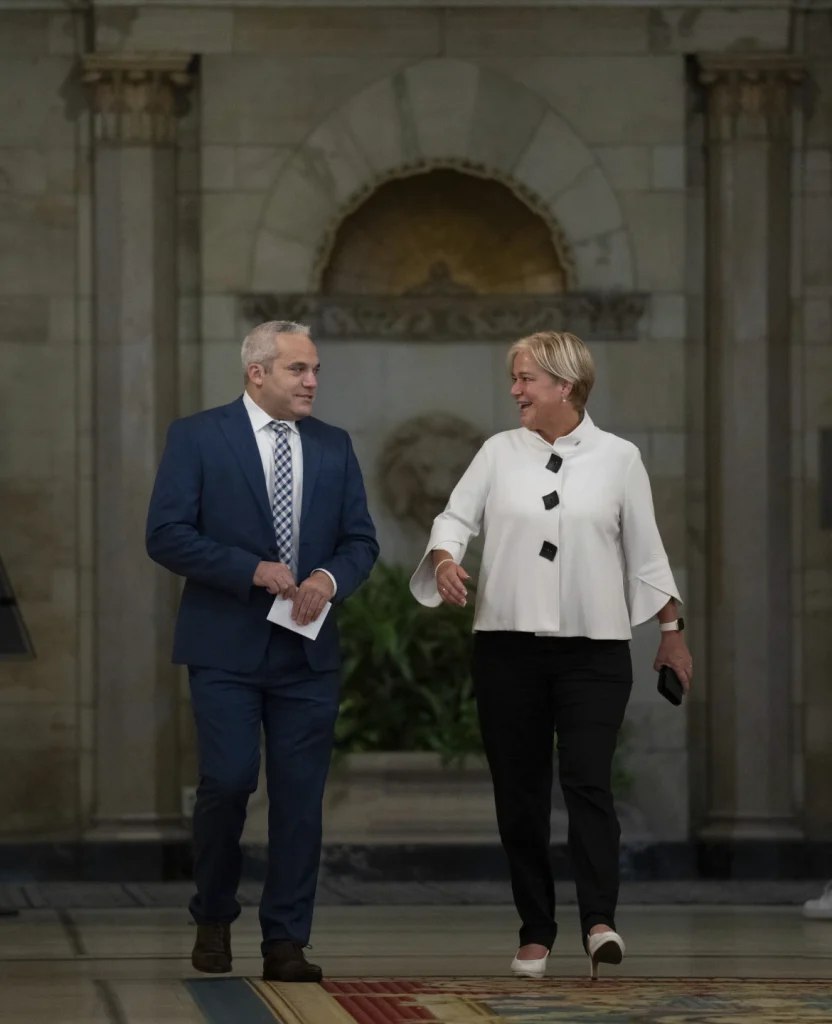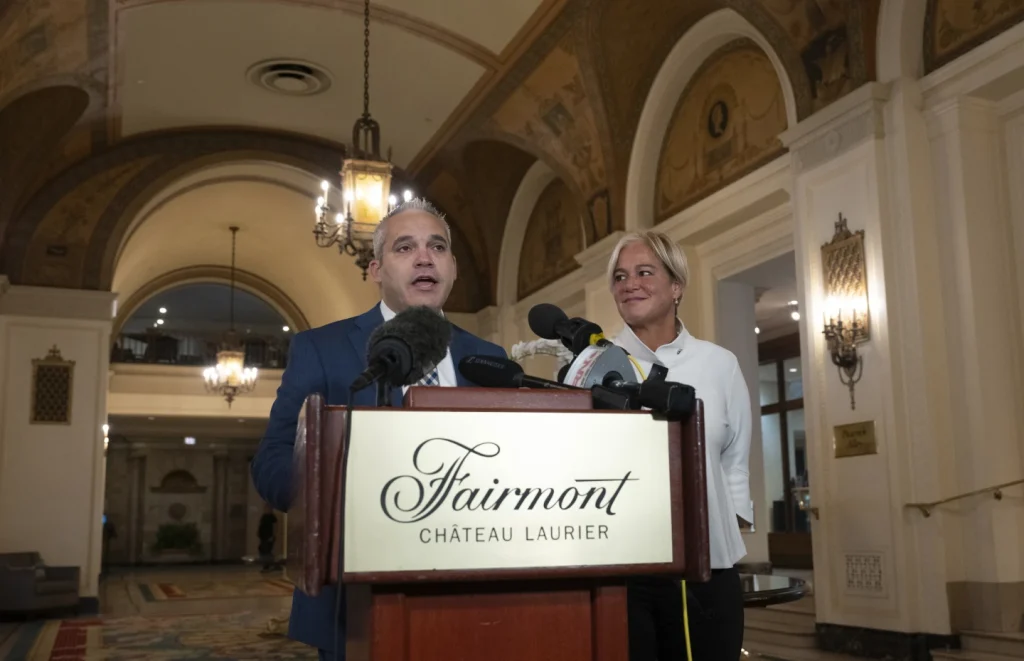In an age where the value of cultural artifacts transcends mere monetary worth, the theft and recovery of significant pieces of art remain pivotal events that encapsulate the interplay between history, heritage, and law enforcement.
Recent developments surrounding the recovery of the renowned portrait of Winston Churchill, widely known as “The Roaring Lion,” exemplify this dynamic.
This emblematic image, captured by the renowned Ottawa photographer Yousuf Karsh during Churchill’s wartime visit to Canada in December 1941, serves not only as a powerful representation of leadership during tumultuous times but also as a testament to the artistry of Karsh himself, who is celebrated for his ability to immortalize the essence of some of the 20th century’s most significant figures.
The narrative of the portrait’s theft, subsequent forgery, and eventual recovery illustrates both the vulnerability and resilience of cultural heritage.
Initially stolen from the Fairmont Château Laurier hotel in Ottawa between Christmas Day 2021 and January 6, 2022, the portrait’s removal went unnoticed for an extended period.
The absence of custodianship, a byproduct of the hotel’s COVID-19 pandemic-induced closure, allowed the theft to transpire almost effortlessly. It was not until August 2022 that hotel staff member Geneviève Dumas, the general manager of the Fairmont Château Laurier, noticed discrepancies in the artwork’s presentation, leading to the revelation of the stolen painting’s absence.
Such lapses in vigilance during periods of widespread disruption remain a cautionary tale for institutions that house irreplaceable cultural artifacts.
In a world where expansive networks for the sale and distribution of artworks exist, the transition of “The Roaring Lion” from theft to illicit auction encapsulates the challenges of property crime in the realm of fine arts.
Following its theft, the portrait was sold through an auction house in London, England, where it was then purchased by Nicola Cassinelli, a lawyer from Genoa, Italy.
Cassinelli, unaware of the portrait’s nefarious journey, hung it in his living room until he received a notification from the auction house advising against its sale due to an investigation into its provenance.
This incident underlines a significant issue in art theft: the often blurring lines between legitimate acquisition and the appropriation of stolen property.
The art market, while robust and financially lucrative, can sometimes operate in a grey area where due diligence is not always strictly observed.
The investigative process leading to the successful recovery of this valuable artwork was extensive and multifaceted. According to Ottawa police, the tracking down of the portrait involved collaboration between international law enforcement, forensic analysis, and community tips.
The challenges inherent in such a complex case cannot be understated; the journey of returning a stolen piece of cultural history to its rightful place is fraught with legal, logistical, and ethical implications.
The arrest of a 43-year-old man from Powassan, Ontario, for charges including forgery and trafficking emphasizes the ongoing need for stringent protective measures for cultural assets and the appropriate legal frameworks necessary to prosecute individuals who engage in the theft of such invaluable items.
As the portrait prepares for its ceremonial return to Canada, anticipated to take place at the Canadian Embassy in Rome, it signifies more than just the recovery of a stolen painting; it is a renaissance of the collective national memory associated with Winston Churchill’s legacy and Yousuf Karsh’s artistic achievements.
The portrait, much revered, has immense cultural significance not only as a work of art but also as a historical artifact that captures a critical moment in world history—a juncture defined by the fight against tyranny during World War II.
I would like to express my thoughts regarding the recent recovery of the renowned portrait of Winston Churchill, known as ‘The Roaring Lion.’
It is truly a remarkable turn of events that this iconic work, which was reported stolen from the Fairmont Château Laurier in Ottawa, has been successfully traced and retrieved from Italy.
This portrait, taken by the esteemed photographer Yousuf Karsh during Churchill’s historic visit to Canada in December 1941, is not only a significant piece of art but also a vital part of our shared history.
The efforts made by the Ottawa police and their international collaborators in locating and recovering this portrait are commendable.
It is a testament to the dedication and perseverance of law enforcement personnel who navigated the complexities of such an extensive investigation over a span of more than two years.
The fact that the theft occurred during the COVID-19 pandemic, when many establishments were closed and security measures may have been compromised, underscores the challenges faced by the investigators.

The meticulous attention to detail that led to the discovery of the forgery and the eventual recovery of the original piece speaks volumes about the investigative work involved.
Additionally, the angle of the current owner, Nicola Cassinelli, being unaware of the portrait’s stolen status and his reaction upon learning of its provenance adds a poignant layer to this narrative.
It serves as a reminder of how art and its history can intertwine across borders, often in ways that are both surprising and enlightening.
His willingness to participate in the ceremony at the Canadian Embassy in Rome signifies a willingness to respect the portrait’s rightful place in history and culture.
I also acknowledge the ongoing legal proceedings concerning the theft, with the accused facing multiple charges related to forgery and trafficking of stolen property.
It is important that justice is served, not only to uphold the law but also to protect our cultural heritage from future thefts.
As the portrait makes its way back to Ottawa, where it will once again be displayed prominently at the Fairmont Château Laurier, it will undoubtedly evoke pride and remembrance for many.
This recovery is not just about restoring a piece of art, but rather about reclaiming a significant piece of our collective memory and shared past.
I commend all parties involved in this operation and look forward to the portrait’s return and the stories that will continue to unfold from this remarkable chapter in the narrative of ‘The Roaring Lion.’
